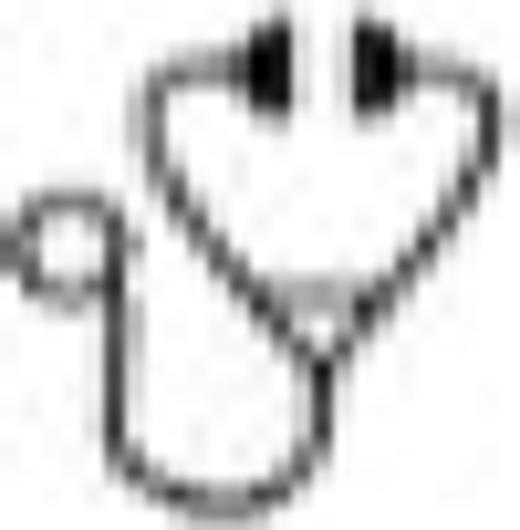Abstract

Background:
It is common for classical Hodgkin lymphoma (cHL) patients following auto-HCT to undergo surveillance imaging to monitor for disease progression or relapse. Although post auto-HCT surveillance imaging is employed at most centers, the literature remains unclear on how this practice affects overall survival. Furthermore, surveillance imaging results in significant amounts of radiation exposure as well as invasive procedures to work up false positive findings. We studied cHL patients who underwent auto-HCT at three transplant centers to define how many surveillance imaging studies were obtained, how often relapses were detected by surveillance imaging versus clinically (based on signs, symptoms or laboratory findings), and whether survival was improved if relapse was detected by surveillance imaging versus clinically.
Methods:
Classical HL patients who underwent auto-HCT between 2000 and 2013 were identified using clinical databases. Pre-transplant patient and disease characteristics were collected. Progression-free survival (PFS) and overall survival (OS) were determined. Patients were classified as having “radiographic” or “clinical” relapses. PFS and OS were compared for these two groups.
Results:
A total of 148 patients with cHL who underwent auto-HCT were identified. Patient characteristics are presented in Table 1. Of these 148 patients, 20 relapsed or progressed prior to or at their initial post-transplant disease assessment (day 100 evaluation). The remaining 128 patients were then analyzed to determine which patients had relapse/progression, and how relapses were detected. 31 patients relapsed post day 100 evaluation. The date of relapse for 2 patients was unknown, and these patients were excluded. For the 29 remaining patients, the median time to relapse was 389 days post-transplant. Of these patients, 14 (48%) had relapse detected clinically and 15 (52%) had relapse detected by surveillance imaging. Comparing the radiographic and clinically detected groups, median PFS post auto-HCT was 426 vs 318 days respectively (p= 0.62, log rank test) and median survival post auto-HCT was 1270 vs 931 days respectively (p= 0.71, log rank test, Figure 1). For patients who never relapsed after auto-HCT, a median of 6 surveillance imaging studies were performed (with a median follow up of 5 years post-transplant).
Conclusions:
In cHL patients post auto-HCT, the majority of relapses were detected by surveillance imaging. However, the survival of patients with relapse detected by surveillance imaging was not superior to those whose relapse was detected clinically. Given this, combined with the radiation exposure and cost associated with surveillance imaging, the practice of surveillance imaging post auto-HCT appears to have limited utility in cHL.
Hari:Janssen: Consultancy; Novartis: Consultancy; Spectrum: Consultancy; Sanofi: Consultancy; Takeda: Consultancy; Celgene: Consultancy; BMS: Consultancy. Hamadani:Takeda: Research Funding; Cellerant: Consultancy; MedImmune: Consultancy; Celgene: Consultancy. Fenske:Seattle Genetics: Honoraria; Celgene: Honoraria; Millennium/Takeda: Research Funding; Pharmacyclics: Honoraria.
Author notes
Asterisk with author names denotes non-ASH members.

This icon denotes a clinically relevant abstract


This feature is available to Subscribers Only
Sign In or Create an Account Close Modal